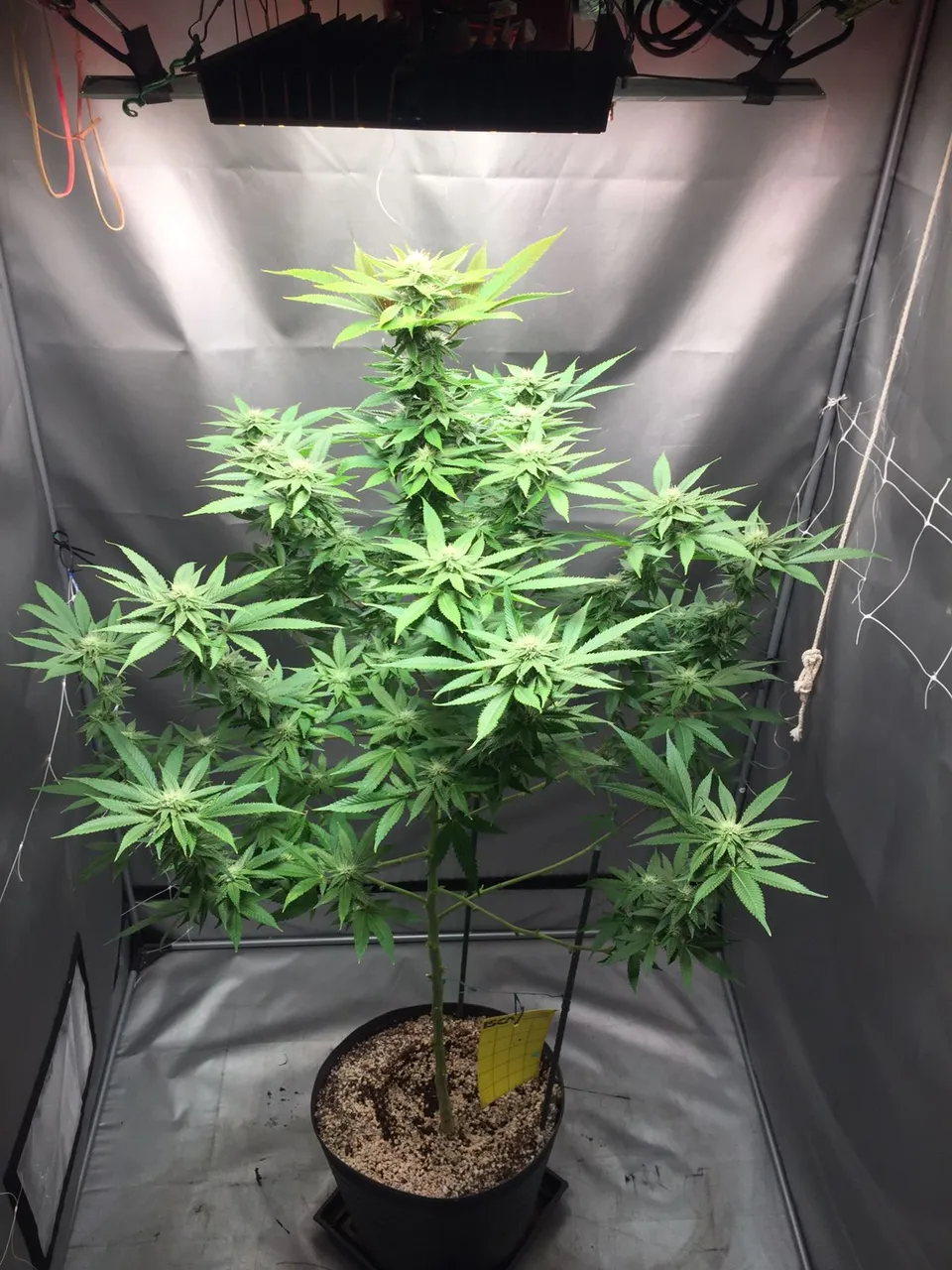
Week 3-4: Formation of “Budlets”
The flowering stretch (spurt of growth) starts slowing down when your cannabis plants start forming tiny buds (also known as budlets). Now, we enter the second leg of the cannabis flowering cycle. Each stage of the bloom cycle is more critical than the last, so you should be very careful since any mistake or problem can affect your yield or harvest quality.

Use this time to observe your plants carefully for any signs of problems. The easiest signs are the symptoms visible on the leaves. For example, nutrient toxicity or "nute burn" (excess nutrients that cause something that looks like a burn on the leaves) causes the tips of your leaves to become brown or yellow.

If you don’t reduce the amount of nutrients provided, this burn will spread to other parts of the leaves, and the plant may be severely affected. If untreated, your plant will no longer be able to manufacture its own food.

Nutrient deficiencies are slightly less detrimental as too many nutrients (because it's easier to introduce nutrients to the plant tissue than remove nutrients, and there are some that cannot be removed that are called 'immobile nutrients'), but you should still keep track of what you feed your plants and adjust as needed as soon as you determine a problem. Your plants can still recover to some extent, but it's still much better not to have any problems to fix in the first place.

You will also notice that some leaves at the bottom of your plants will become yellow around this time. If only a few leaves are affected, don’t fret. It is normal for some of the bottom leaves to yellow if they aren’t receiving ample light (the canopy is thick at this point). The plant is extracting all the nutrients from those leaves to keep the developing buds well taken care of. Plants are intelligent; they don’t want to waste resources on components that aren’t productive!



These weeks are exciting because they mark the time when the plants begin giving off a more distinct odor.